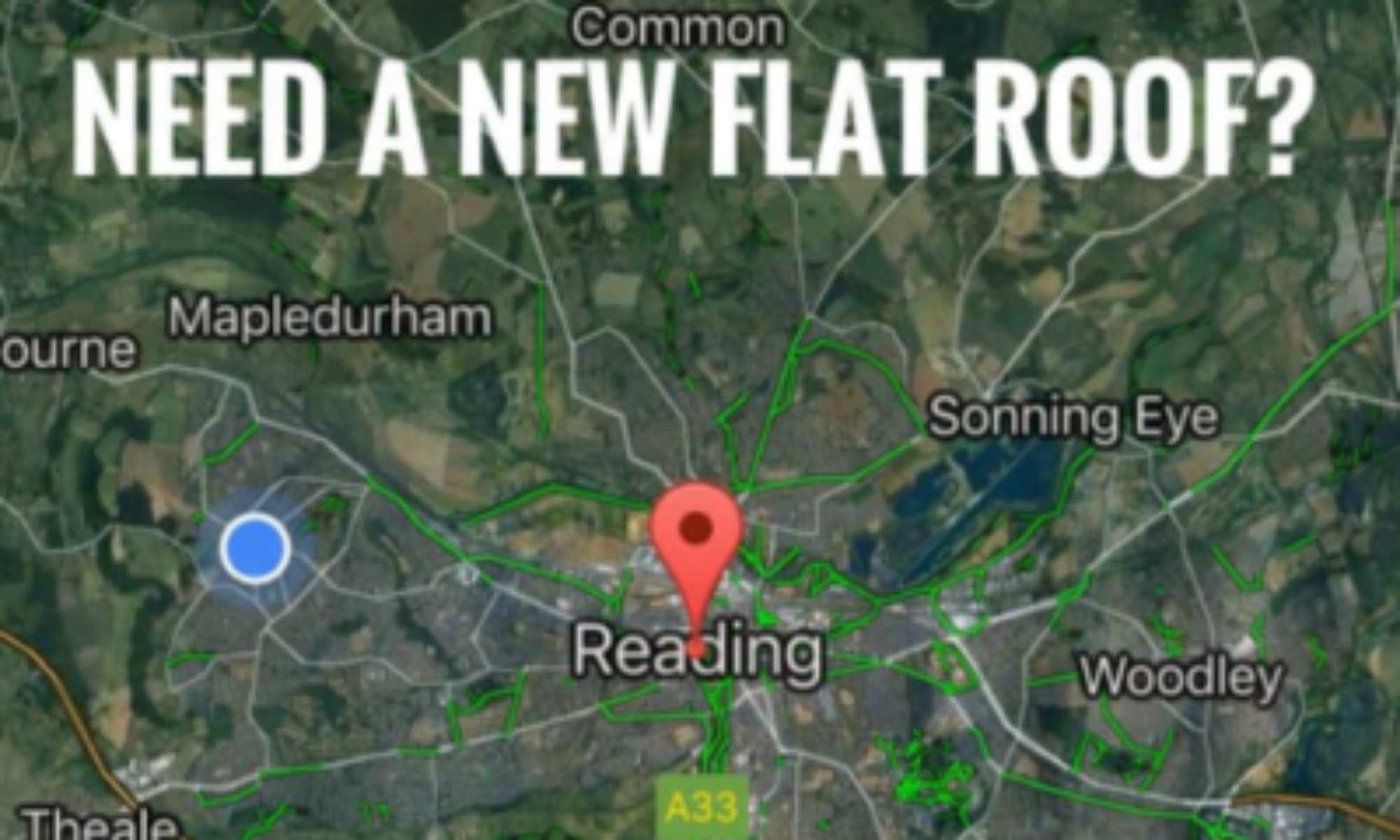If you have a property in Reading or Tilehurst with a flat roof, maintaining it properly is essential to avoid costly repairs. Flat roofs, while durable and modern, are prone to water pooling, leaks, and general wear and tear over time. In this guide, we’ll explore common flat roof problems, the importance of timely repairs, and how to find the best roofing professionals in Reading and Tilehurst.
Common Flat Roof Issues
- Leaks and Water Damage – Flat roofs are more susceptible to water pooling, which can lead to leaks if not drained properly.
- Cracks and Blisters – Over time, exposure to the elements can cause cracks and blisters on the roof’s surface.
- Membrane Damage – Weather conditions and aging can weaken the protective membrane, leading to leaks.
- Poor Drainage – Blocked drains can cause standing water, which weakens the roof’s structure.
Why Timely Repairs Are Crucial
Delaying flat roof repairs can result in extensive damage to your property. Water ingress can lead to structural weakening, mould growth, and increased repair costs. Regular inspections and prompt action can help extend the life of your flat roof and prevent costly replacements.
Flat Roof Repair Services in Reading and Tilehurst
When searching for a reliable roofing contractor, consider the following:
- Experience – Use a local trader with 25 years of experience in flat roof repairs.
- Local Reputation – Look for reviews and testimonials from homeowners in Reading and Tilehurst.
- Licensed and Insured – Ensure the company is fully certified and insured.
- Quality Materials – Opt for contractors who use durable and weather-resistant materials.
Preventative Maintenance Tips
- Regular Inspections – Check your flat roof at least twice a year for signs of wear and damage.
- Keep Gutters Clean – Ensure proper drainage by clearing debris from gutters and drains.
- Address Minor Issues Early – Fixing small cracks and leaks can prevent major repairs later.
- Professional Maintenance – Schedule professional roof maintenance to extend its lifespan.
Finding the Right Roofing Contractor
If you need a flat roof repair in Reading or Tilehurst, it’s important to work with a professional roofing company that offers reliable and cost-effective solutions. Request quotes from multiple contractors, ask about warranties, and ensure they use high-quality materials.
By staying proactive and addressing roof issues early, you can protect your home and avoid expensive repairs. For professional flat roof repair services in Reading and Tilehurst, get in touch with a trusted local expert Carl Clark today!
